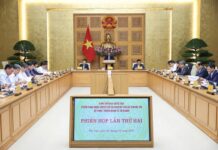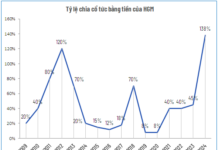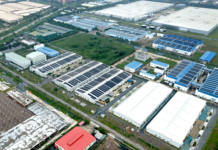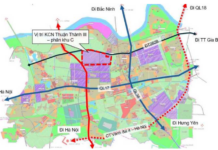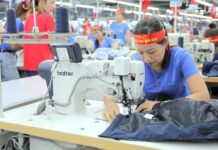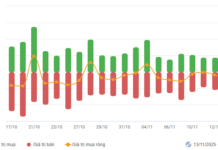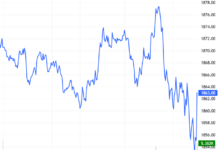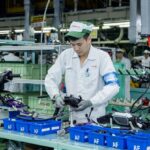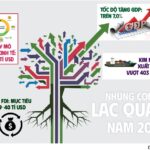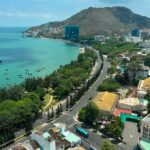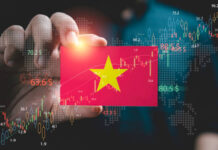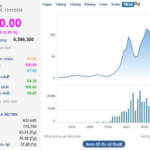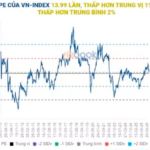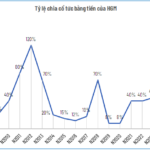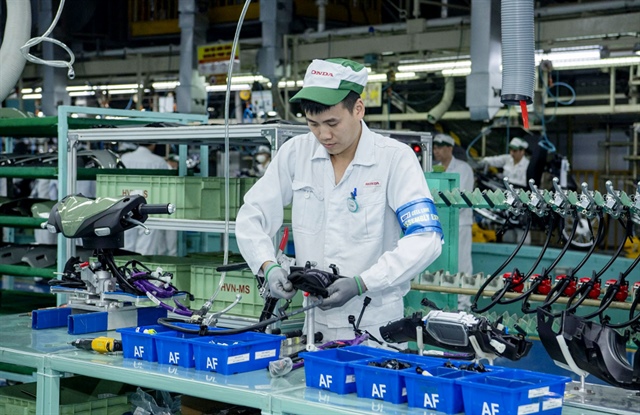
Vietnam’s Position Remains Stable Amidst Trade Tax Turbulence |
Vietnam’s position as an attractive investment destination remains solid despite recent trade tax fluctuations. In the past four months, the U.S. announced a steep 46% trade tax on goods from Vietnam, sparking concerns about capital withdrawal and investment flow disruptions. However, the U.S. government has since adjusted its policy, implementing a more balanced tax approach towards ASEAN countries.
On July 31st, President Trump issued an executive order setting a 19-20% tax rate on imports from ASEAN nations, with Singapore at 10%, Laos and Myanmar at 40%, and Brunei at 25%. This adjustment alleviates concerns about businesses withdrawing from Vietnam due to high taxes and fosters a more stable investment environment.
Competing countries such as Thailand, Indonesia, Malaysia, the Philippines, and Cambodia face similar tax rates, leveling the playing field for FDI attraction. Experts argue that Vietnam’s 20% tax rate does not significantly impact the investment strategies of international businesses.
“A trade tax rate of 15-20% is not substantial enough to alter global supply chains or trigger a massive shift in investment flows,” said Mr. Huynh Hoang Phuong, an independent analyst. He added that FDI would not be under as much pressure to choose between different countries as before.
Economists like Nguyen Xuan Thanh from the Fulbright School of Public Policy and Management emphasize that international corporations are adopting a ‘China +2, +3’ strategy, diversifying beyond just one additional country outside of China. This is a positive sign for Vietnam, as its location, labor force, and political stability continue to make it an appealing choice.
Opportunities for Supporting Industries
One notable aspect of the U.S. trade taxes is the high rate imposed on transshipped goods to prevent tax avoidance from other countries. This encourages final producers or investors to bring their supply chains to Vietnam, fostering investment and supply chain development.
Mr. Pham Xuan Hong, Chairman of the Ho Chi Minh City Textile and Fashion Association, points out that the textile industry still relies heavily on imported materials, particularly fabric and yarn from China. To expand in the U.S. market, Vietnamese garment businesses must increase localization of materials or seek alternative sources.
With competitive tax rates and a vast market accessed through 20 FTAs, Mr. Hong believes that Vietnam’s garment industry, already highly competitive, will attract more international brands. This will encourage suppliers to invest in production in Vietnam to reduce risks and enhance competitiveness.
Similarly, businesses in footwear, electronics, mechanics, and woodworking anticipate a wave of foreign investment into supporting industries. PGS. TS Nguyen Huu Huan argues that this is an opportunity for Vietnam to restructure its supply chains, increase localization, and reduce dependence on China. Investing in raw materials and moving beyond mere assembly work will enhance product value and foster sustainable development.
Attracting High-Tech Investment
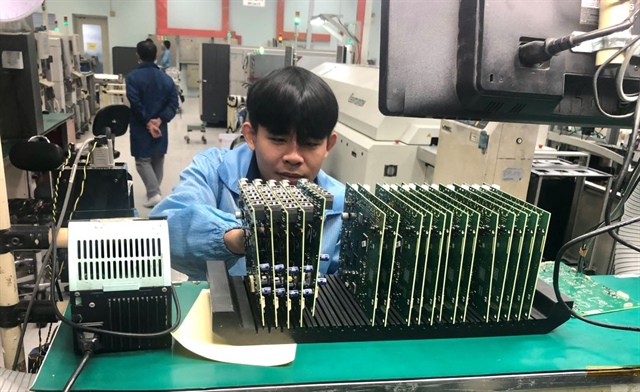
High-tech and semiconductors are expected to attract significant foreign investment. Image: LH |
According to the United Nations Conference on Trade and Development (UNCTAD), global FDI flows recovered slightly in 2024, reaching $1.37 trillion, and continued to grow by 4% in the first half of 2025, driven by emerging markets in Asia and Africa.
UNCTAD’s report highlights that FDI flows this year are concentrated in high-tech sectors, the digital economy, and renewable energy. Industries such as semiconductors, artificial intelligence (AI), and renewable energy are attracting substantial investment. Vietnam, India, and Singapore are leveraging their young workforce and attractive policies to lure leading tech corporations.
In the first six months of 2025, Vietnam recorded over $21.5 billion in FDI, with more than 55.6% flowing into the processing and manufacturing industries and high-tech sectors, reflecting a clear shift towards these areas.
Although the U.S. trade taxes mean Vietnam faces a higher rate than Singapore, it is still 5% lower than India. This will not diminish Vietnam’s appeal to international investors. In fact, many large electronics and tech corporations have pledged significant investments in the country, creating a favorable environment for high-tech and semiconductor investment policies.
Mr. Hieu Le, Senior Director and Head of Leasing at CBRE Vietnam, believes that Vietnam will maintain its appeal for investment in electronics and telecommunications and continue to attract high-tech and semiconductor investment. He attributes this to the ongoing trend of supply chain diversification away from China.
According to Mr. Le, many businesses have established stable production ecosystems, providing a solid foundation for Vietnam to retain high-quality FDI amidst intense global competition. Dr. Phan Huu Thang, Chairman of the Vietnam Industrial Parks Finance Association (VIPFA), emphasizes Vietnam’s growing advantages in high-tech human resources and infrastructure.
“Labor costs remain competitive, and the quality of the workforce is continuously enhanced through training and education to meet the demands of high-tech investors,” says Dr. Thang.
With its strategic location, open policies, and favorable investment environment, Vietnam is increasingly becoming a preferred destination for international businesses expanding into processing, high-tech, and renewable energy industries.
However, there are concerns about barriers that may hinder FDI flows. In addition to high land rental costs, investors worry about rising input costs (labor, materials, logistics), underdeveloped logistics infrastructure, insufficiently developed supporting industries, and unstable tax and incentive policies.
According to Dr. Thang, the biggest challenge lies in the slow and inadequate preparation to attract high-quality, sustainable, and value-added FDI while comprehensively developing various economic, defense, and environmental sectors. Despite Resolution 50, Vietnam needs to enhance its policy formulation and implementation capabilities to effectively attract and manage FDI in the future.
Le Hoang
– 07:00 05/08/2025
“Vietnam’s FDI Appeal Remains Unshaken by Tariff Turbulence”
Although the US administration has tweaked some tax policies amidst escalating trade tensions with China, foreign direct investment (FDI) into Vietnam, particularly in high-tech and ancillary industries, has not witnessed significant changes. Experts attribute this stability to Vietnam’s enduring competitive edge in the global supply chain, which transcends the transient effects of international tax policies.
The Economy Lights Up in Vibrant Shades of Optimism
According to the Ministry of Planning and Investment, Vietnam’s GDP growth in 2024 is estimated to surpass 7%, outperforming the set target range of 6%-6.5%.
“Incentivizing Investment in Sustainable Smart Industrial Parks: A Policy Mechanism for Vietnam’s Future”
A myriad of experts advocate for a policy mechanism that incentivizes investment in, and the development of, new-generation smart and sustainable industrial zones. This includes delineating specific standards and criteria for what constitutes a “green” industrial zone, as well as establishing a clear framework of incentives and support for investors and industrial zone developers who wish to embark on new projects or transition from old models to these new-generation zones.









